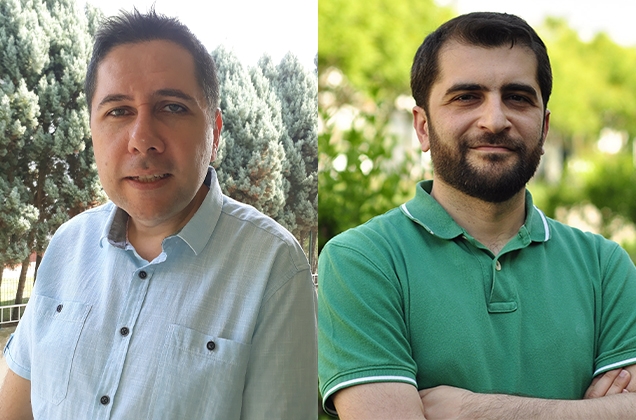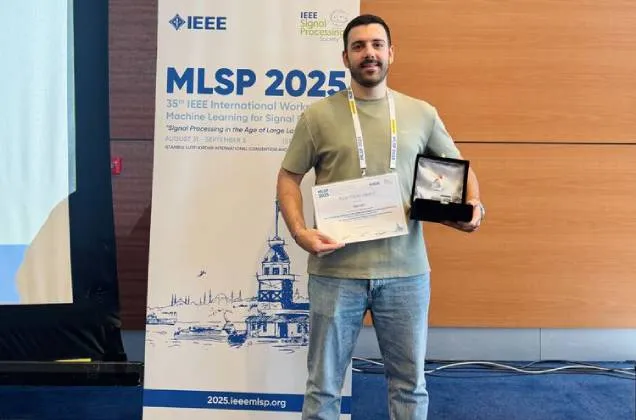10/03/2021
Projects of researchers and faculty members at Sabancı University were found eligible for support within the framework of the TÜBİTAK Bilateral Cooperation Program. As a result of TÜBİTAK's bilateral cooperation with Uzbekistan and Poland, two projects from Sabancı University will be supported.

The project of Gökhan Göğüş, a Faculty Member at the Faculty of Engineering and Natural Sciences (FENS), was found eligible to be supported within the framework of Bilateral Cooperation with TÜBİTAK and Ministry of Innovative Development of the Republic of Uzbekistan (MID Uzbekistan).
Gökhan Göğüş's project titled “Monge-Ampère Equation and Multiple Altharmonic Extreme Functions” will investigate the relationship of the most extreme functions with the Monge-Ampère equation and their applications in complex dynamical systems with new developments in potential theory.
The project in which Ömer Ceylan, a Researcher at FASS, will be the coordinator, and Yaşar Gürbüz, a Faculty Member at FASS, will be a researcher was found eligible to be supported by TÜBİTAK and the Polish National Research and Development Center (NCBR) within the scope of the Bilateral Cooperation Program.
The project titled “Development of Plasmon-enhanced HOT MIR Photodetectors” led by Ömer Ceylan will be carried out together with VIGO, a company known for infrared sensors.
The purpose of this project is to increase the performance of type III-V infrared sensors operating at high temperatures (HOT-High Operation Temperature) by a combination of materials and geometry that will create a plasmonic effect. It is known in the literature that the performance of HOT infrared sensors is limited due to high thermal noise. It is stated that the cause of this thermal noise is a thick absorbent layer consisting of type III-V semiconductors used to achieve high quantum efficiency and convert incoming infrared radiation into electrical current. 2DSHA (2D subwavelength hole array) plasmonic structure to be used in the project will be trapped/condensed into the interface of the semiconductor material with the infrared radiation surface, which means that there will be no need to use a thick absorbent layer for high quantum efficiency. This method aims to reduce noise and bring HOT infrared sensor performance closer to theoretical limits.
Design, production, and characterization of 2DSHA plasmonic structure for the project will be carried out by Sabancı University Microelectronics Research Group (SÜMER - http://sumer.sabanciuniv.edu), which has experience and knowledge in semiconductor detector design and modeling. The SÜMER group will also contribute to the design, modeling, and integration of the type III-V infrared sensor, which will be produced by VIGO, with the 2DSHA plasmonic structure.
We congratulate our Researchers and Faculty Members.




